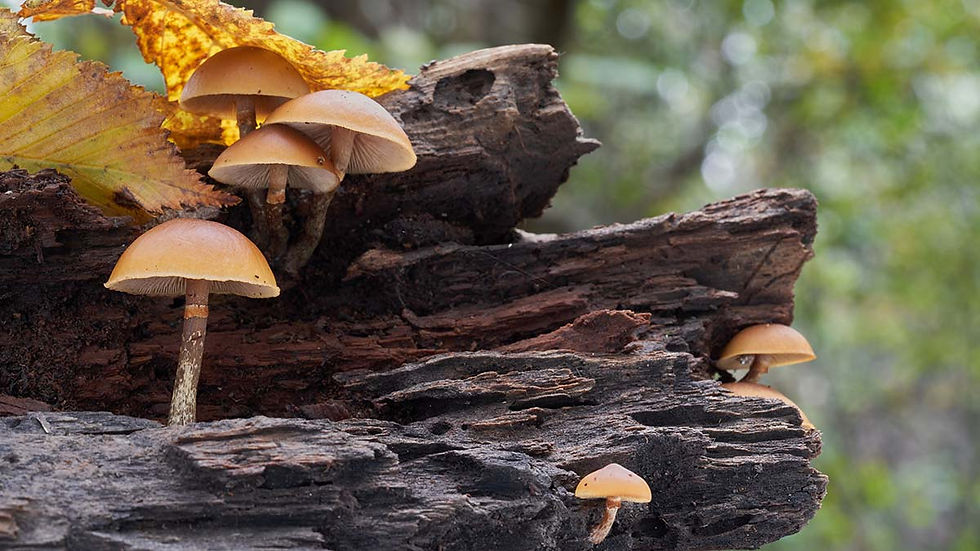For Orca Month this year, we’re focusing on toxics that threaten orcas, salmon, and people. Let’s dive into the difference between toxics and toxins.
Read the full story below, written by Toxics and Stormwater Policy Manager Katie Byrnes.

Toxic photo: 2021 Salmon Bay sheen. Courtesy Puget Soundkeeper.
For Orca Month this year, we’re focusing on toxics that threaten orcas, salmon, and people. Let’s dive into the difference between toxics and toxins.
Toxics: These substances are human-made, synthetic chemicals often resulting from industrial pollution, pesticides, and plastic waste. Human exposure typically occurs through inhalation, ingestion, or direct contact. Toxic chemicals can also be found in many of our consumer products including makeup, dental floss, and kitchenware. Once released into the environment, toxic chemicals move up the food chain and accumulate in top predators, making Southern Resident orcas particularly vulnerable to their harmful effects.

Toxin photo: Deadly Galerina. Image via Shutterstock.
Toxins: In contrast, toxins are naturally occurring and produced by certain living organisms like bacteria, plants, animals, and insects. Think of venom produced by bees, or poisonous mushrooms. Certain types of algae and bacteria produce toxins in what are called harmful algal blooms. These blooms release toxins into the water, creating hazardous conditions that can kill fish and harm those that come into contact with contaminated fish, shellfish, or waters.
These terms have very different meanings but are often used interchangeably by mistake!
Sources:







